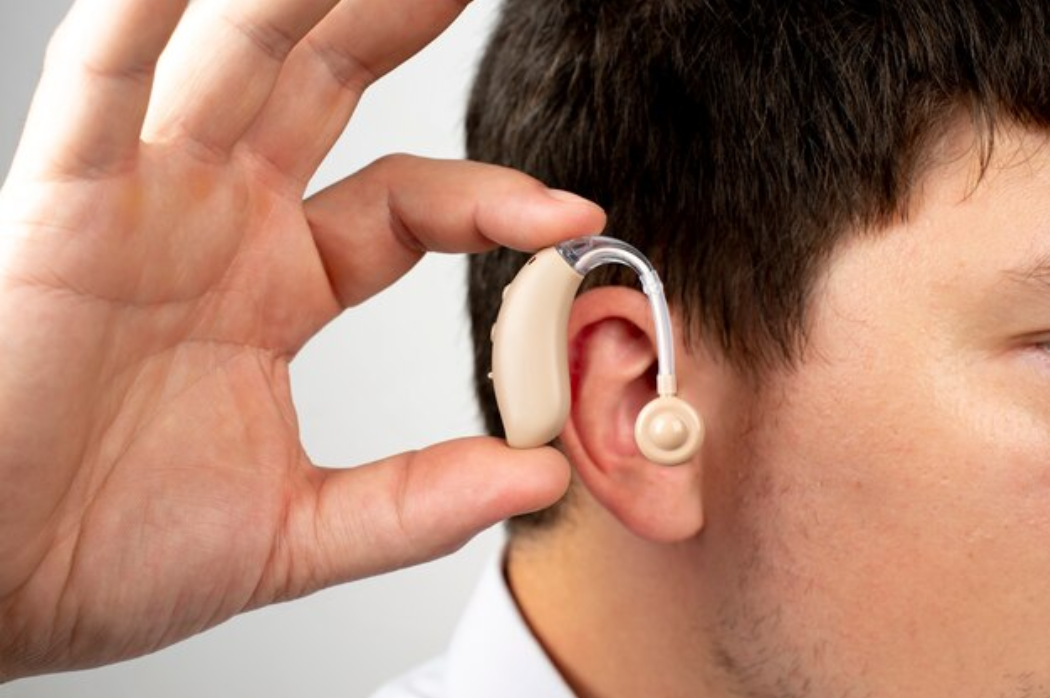Services
We Provide

Understanding Otosclerosis
Otosclerosis is a condition that affects the bones of the middle ear, leading to progressive hearing loss. It occurs when abnormal bone growth in the middle ear interferes with the transmission of sound waves to the inner ear. Otosclerosis typically affects the small bone called the stapes, which plays a crucial role in transmitting sound vibrations to the inner ear. While otosclerosis is not life-threatening, it can significantly impact an individual’s quality of life by causing hearing difficulties. Understanding the causes, symptoms, diagnosis, and treatment options for otosclerosis is essential for managing this condition effectively.
Diagnosis of Otosclerosis
Diagnosing otosclerosis typically involves a thorough medical history review and physical examination by a healthcare provider. During the examination, the provider may perform tests to assess hearing function, such as pure-tone audiometry and speech audiometry. In some cases, additional tests such as tympanometry or imaging studies like computed tomography (CT) scans may be recommended to evaluate the structure of the middle ear and assess the extent of bone involvement.
Causes of Otosclerosis
The exact cause of otosclerosis is not fully understood, but it is believed to be a combination of genetic and environmental factors. Otosclerosis tends to run in families, suggesting a genetic predisposition to the condition. Additionally, hormonal factors, such as pregnancy or hormonal changes associated with menopause, may contribute to the development or progression of otosclerosis. Other risk factors for otosclerosis include viral infections, such as measles, and autoimmune disorders.
Symptoms of Otosclerosis
Common symptoms of otosclerosis may include:
- Progressive Hearing Loss: Gradual hearing loss, typically starting in one ear and eventually affecting both ears.
- Tinnitus: Ringing, buzzing, or humming sounds in the affected ear(s).
- Dizziness or Vertigo: Some individuals may experience episodes of dizziness or vertigo, particularly in advanced cases of otosclerosis.
- Difficulty Hearing in Noisy Environments: Difficulty understanding speech, particularly in noisy environments or situations with multiple competing sounds.
It’s important to seek medical attention if you experience symptoms of otosclerosis, as early diagnosis and treatment can help slow the progression of hearing loss and improve outcomes. Treatment options for otosclerosis may include hearing aids to improve hearing function, medications to manage symptoms such as tinnitus or dizziness, or surgical interventions such as stapedectomy to replace the affected bone with a prosthetic device. With proper management, individuals with otosclerosis can effectively manage their symptoms and maintain their quality of life.
18+
years
of experience

Dr. Mukesh Kumar Ramani
Dr. Mukesh Kumar Ramani is a dedicated Specialist ENT Surgeon at Aster Clinic (Aster Jubilee Medical Complex) in Burdubai, Dubai. With over 18 years of experience in the field, Dr. Ramani has garnered expertise in various aspects of Otorhinolaryngology.
He completed his MBBS from Thanjavur Medical College, Tamilnadu, India, followed by MS (ENT) from B. J. Medical College, Ahmedabad, India, and DNB from the National Board of Examinations, New Delhi, India. Dr. Ramani’s extensive academic background is complemented by his passion for delivering high-quality patient care.
